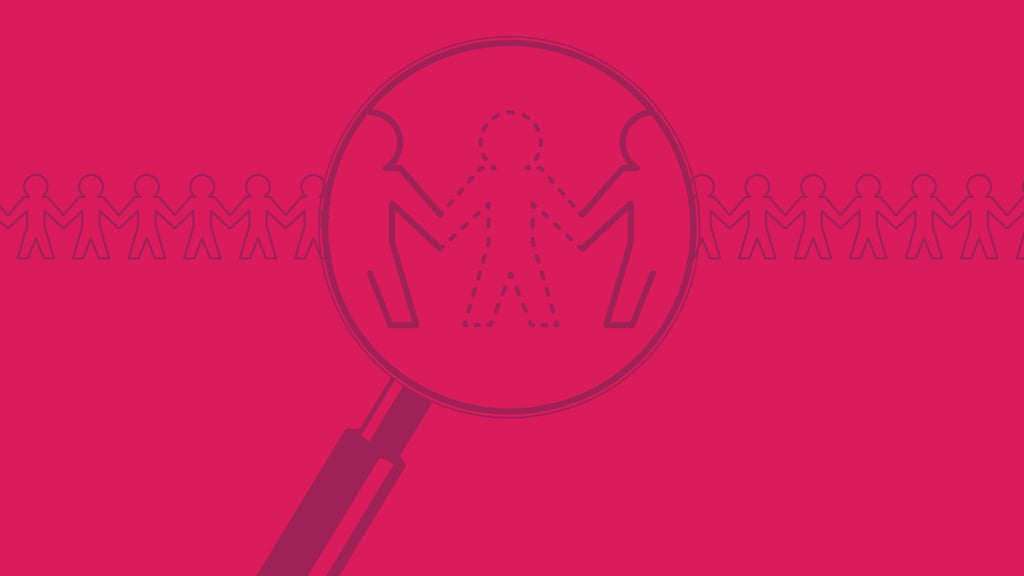Since October 17, 2018, across Canada, the legalization of cannabis brings major changes to businesses, no matter their field of activity. Organizations of all types have to adjust to this new reality that requires action. But what should that action be?
Protecting the Safety of Workers Above All
An Act respecting occupational health and safety indicates that employers are required to take the measures necessary to protect the health, safety and physical well-being of workers. Obviously the legalization of cannabis makes the workplace more hazardous. Employers need to have clear policies and safety guidelines that flow from them.
According to the results of the Quebec study on public health conducted by the Institut de la statistique du Québec, “15.8% of Quebecers who consumed cannabis in 2016 were workers.”(1)
The question is, what tangible impact the legalization of cannabis have on our lives as employers and human resources and recruitment professionals (including contractors)?
Since cannabis can impair faculties, its consumption at work is a safety risk to workers. For example, because cannabis can alter reflexes, operating heavy machinery while under its effects can endanger the lives of operators and their co-workers. How can we mitigate the consequences of the effects of cannabis in the workplace?
Screening: How Worthwhile Is It?
There is reason to wonder whether screening tests is now a daily event at work. Are they reliable? How should they be used? How do they help prevent an incident? Make a clientele aware? Eradicate a scourge?
So far, it appears they can be used only when managers have reason to believe that an employee’s behaviour is likely to compromise the health and safety of other employees or the public. It remains to be seen by what means such risky behaviour will be detected. Obviously, nuance and good judgement should be used in every case.
At the very least, managers have to learn how to recognize the side effects of cannabis consumption: red eyes, a marked drop in productivity, sudden appetite, laid-back attitude, poor short-term memory and a tendency to laugh at anything.
In reality, it is possible to detect the presence of THC in blood, saliva, urine, hair and body hair. Screening can therefore be done in different ways.
However, the psychotropic effects of cannabis can persist for up to 12 hours, depending on the subject’s consumption and sensitivity. Since the human body stores THC, cannabis can be detected for up to 60 days for regular smokers. Urine tests detect its presence several weeks after it was last consumed, even though the euphoric effect is long past. So clearly there is doubt about whether screening tests are really the best solution to determine whether a worker is under the effects of cannabis and whether they can be a problem at work.
In Quebec, in the final report following a pilot project carried out in 2016 and 2017, Public Safety Canada indicated that the “presence of a drug in the oral fluid does not imply impairment."(2)
A study conducted by Maryland’s Johns Hopkins University reached similar conclusions, indicating that the link between the presence of THC in the saliva and the blood and the psychotropic effects of cannabis cannot be established with certainty.
The Importance of Setting a Clear Policy
For the time being, the best way to deal with the consequences and risks related to the use of cannabis in the workplace is to create a clear policy on the matter.
According to the Ordre des conseillers en ressources humaines agréés, “measures regarding the use of cannabis and resulting sanctions can easily be integrated into an overall policy on the consumption of alcohol, medication and drugs in the workplace.”(3)
Companies have to clearly express their position regarding acceptance. The tolerance threshold, if there is tolerance, varies from organization to organization, but the internal policy document should contain clear reasons for the company’s position, means that will be used to ensure it is respected and disciplinary measures that apply in case of an infraction.
If organizations indicate that they tolerate the use of cannabis “up to a certain threshold,” it is important to clearly indicate that level of tolerance. As you might suspect, the threshold for most companies is the one that prevents someone from showing up at work with their faculties impaired by cannabis and, as a result, potentially compromising safety. You need to find an effective means to determine this threshold.
Committees and Adaptability
To help tackle this challenge, companies can set up one or more committees. Such committees, made up of human resources professionals, employees and/or management, can be oriented toward vigilance, prevention and awareness or, more simply, toward monitoring the use of cannabis.
The success of an internal policy depends on its adaptation to the workplace and consideration of the organization’s history, strengths and weaknesses.
Treating Alcohol and Drug Abuse
The consumption of alcohol and drugs is an important issue for many organizations. The safety of all employees and contractors must take precedence, and there are simple but effective means to control consumption. That is what an international business did to prepare for this legislation. Find out more about its program in our new white paper.
- https://www.jobboom.com/carriere/propos-du-cannabis-en-milieu-de-travail/
- https://www.securitepublique.gc.ca/cnt/rsrcs/pblctns/rl-fld-drg-scrnng-dvc-plt/index-fr.aspx?wbdisable=true
- http://www.portailrh.org/Ressources/AZ/dossiers_speciaux/guidecannabis/pdf/CRHA_Guide_Cannabis_WEB.pdf





